In a town where good food is celebrated, cooking schools abound. There was a time when Institut de tourisme et d’hôtellerie du Québec, the professional chef school, was open to the public. While its teachers relished the opportunity to share their food mojo in a more fun-driven, relaxed atmosphere, those days are over, I’m told at the request of the Quebec Government.
Fine dining aficionados must now turn to other schools aimed at the general public like:
• Académie culinaire with addresses in Old Montreal, Laval’s La Baie store and Québec City’s Place Laurier;
• Italian cooking school Mezza Luna headed by Elena and Stefano Faita of Montreal’s celebrated Dante hardware store;
• Also Italian, the Tavola Mia cooking school run by Maria Loggia;
• Westmount’s Appetite for Books English bookstore where demonstrations and tastings are on the menu;
• And last but not least, La Guilde Culinaire which opened its gourmet boutique/state-of-the-art cooking school two and a half years ago.

The kitchens at La Guilde Culinaire are breathtaking with their gas stoves, lethal knives and trendy decor. Oh, the food and expertise are even better.
Of course this list does not include all of Montreal’s cooking schools, only the ones I know because I or friends of mine have been, or because their reputation speaks for itself. Much like La Guilde Culinaire where I was recently invited to take part in a Sushi 101 class. Cool.
I fell in love with sushi in the early 1980s (which gives you an idea of how ancient I am), when Sushi Bar opened on St. Denis Street. I still remember how when the waiter placed my very first sushi platter in front of me, I took one whiff and turned to him with crazed eyes to order a whole bottle of sake. For me alone. I figured I needed to get badly drunk if I was ever going to eat that.
Yet two, three months later, I found myself lingering on the whole experience, the pretty decor, the beautiful porcelain dishes, the visual poetry of futomaki, and the unique taste which maybe wasn’t that bad after all? And so I went back, a sushi addict in the making.

Sushi class at La Guilde Culinaire, from chef Michael Rathbeger’s flawless hosomaki and Japanese knife in the upper left to my own handiwork in progress making California rolls, Kamikaze futomakis (invented in Montreal and not Japan!), etc.
Today sushi counters can be found in every corner of the city, which is surprising if not worrisome. How can there be so many fresh fish in a city where good fishmongers are not a dime a dozen? Hum.
What I like about cooking classes like the ones offered at La Guilde Culinaire?
1. Teachers are passionate professionals who live for food.
2. You are surrounded by foodies like you which makes it easier to connect and establish rapport.
3. Classes are hands-on: the chef first shows you a recipe or technique, then expects you to try your hand at it, a very useful exercise when it comes to sushi making.
4. You get to eat the food, either as you go or at the end, with good wine if you are lucky. So really it’s like dining out with fringe benefits.
5. You leave with good recipes and/or good addresses to practice what you learned at home.
So with Christmas around the corner, why not give foodie friends of yours a gift they will truly appreciate? They’ll thank you (and me) for it.
Sushi 101: Random tips, pix and a recipe
How do they make those tempura breadcrumbs so popular in futomakis? First you mix tempura batter with water (left pix), then carefully sprinkle with a flick of your fingertips into a hot fryer. They should be ready in seconds. Although a very good brand generally, avoid Kikkoman tempura for this or you will get very dark, oil-soaked crumbs. In good Japanese restaurants, they simply “recycle” bits and pieces of tempura left floating on the surface after frying other foods.
After seeing tamago made, you acquire deep respect for this simple omelet, a good introduction to the world of sushi if your picky eater likes eggs. Although Chef Rathberger was more careful, never letting the egg brown or break so that the final multilayered omelet resembled flaky pastry, for the basic technique, see this YouTube video. As for miso, the darker the colour, the more pronounced its taste. I learned that being fermented, miso does NOT need to be refrigerated. Who knew.
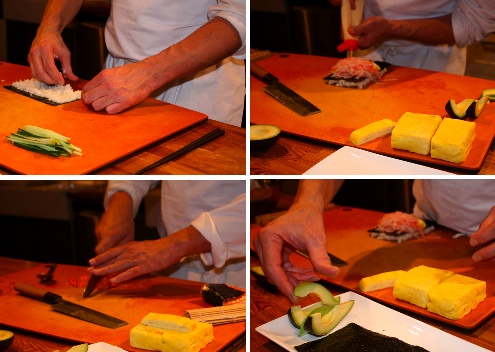
Top left: The trick to adding rice is to work quickly so the nori (toasted algae sheet) does not become soggy. For aesthetics only, apply rice to the dull side of nori, so the shiny side faces out. Top right: If possible, use Japanese Kewpie mayonnaise in makis. Made with rice vinegar, it is best suited to the taste profile. Bottom left: If perfect slices are not necessary, remove salmon flesh from skin by scraping away with a large spoon, then fine dice with your knife. Bottom right: How to tell if avocado is ripen to perfection for those California rolls? The skin around the stem at the top should give in slightly when pressed with your thumb, much like pears. When the body of the avocado is soft, then the flesh is too ripe.
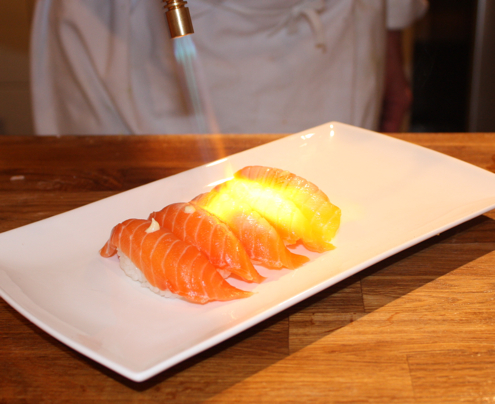
Want to impress your guests? Trending among sushi chefs, salmon nigiri is smeared with a touch of Kewpie mayonnaise, then blowtorched on top for an original hot-cold bite.
___________________________
Good Addresses:
The mecca for Japanese ingredients, although pricey: Miyamoto Grocery, 382 Victoria Street, Montreal/Westmount, 514-481-1952
A Chinese grocery with ever-expanding Thai, Indonesian, Japanese, African and Caribbean (!) sections: Marché Hawaii, 1999 Marcel-Laurin Blvd., Saint-Laurent, (514) 856-0226
___________________________
One of the perks of cooking schools is leaving with killer recipes, like this miso soup graciously provided by La Guilde Culinaire and sushi chef Michael Rathberger. Although miso is now served at the beginning of the meal like any soup, the traditional way in Japan is to close with it. Who knew.
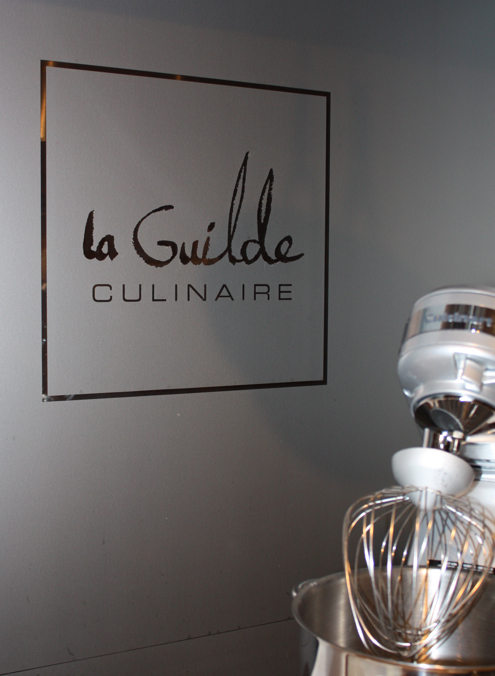
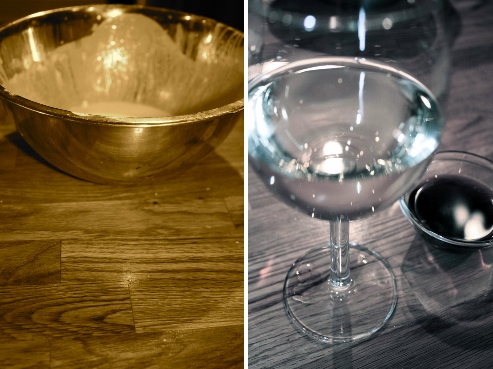

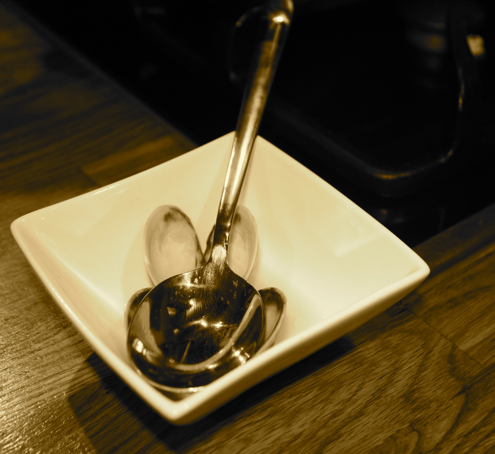
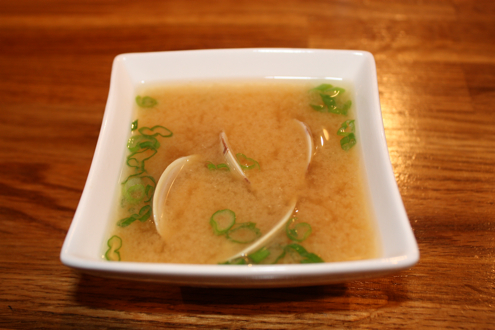
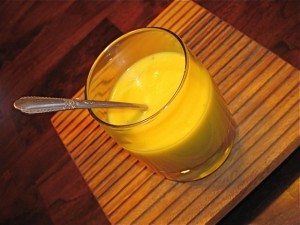
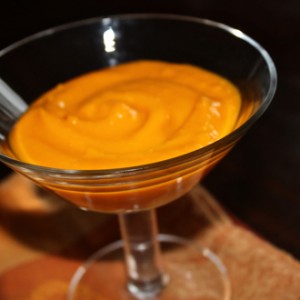
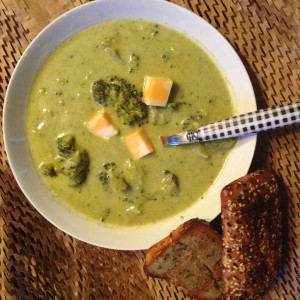







No comments yet.